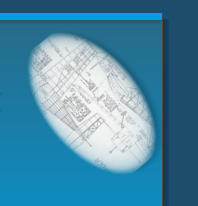

Wright Brothers
Orville Wright, who, along with his older brother Wilbur, is credited with inventing and building the world's first practical fixed-wing aircraft and making the first controlled, powered and sustained flight more than a hundred years ago.Curtiss Jenny
The Curtiss JN-4D is almost synonymous with American aviation in the 1920s. The Jenny, as it was affectionately called, appeared in 1917. Heretofore having only produced pusher aircraft, Glenn Curtiss hired an experienced European designer to lead the new project named B. Douglas Thomas, who had worked for Avro and Sopwith in England. The Jenny performed admirably as a trainer for the U.S. Air Service during World War I, but its more significant role in aviation history was as a barnstorming and mail-carrying airplane in the 1920s. Large numbers of relatively inexpensive war surplus Jennys were available in the United States after 1918. Its affordability, ease of operation, and versatility made the Jenny the signature airplane of the barnstorming era.Spruce Goose
Howard Hughes built the largest all wood plane in history as a part of the war effort. Made of spruce and Hickory, the plane was designed to transport hundreds of troops or several tanks into battle at one time. The popular consensus was the plan was too large and too heavy to ever get off the ground. The plane was not yet finished at the end of WWI. Despite the fact that it was no longer needed for the war effort, Hughes pushed forward with construction of the H-4, finally completing it in 1947. On Nov. 2, 1947, Hughes took the H-4 out onto the Pacific to test its taxiing performance. Perhaps stung by the popular opinion that the plane was a folly and would never take flight, he made a spontaneous decision. He laid on the throttle, and made the Spruce Goose fly. The plane lifted off and flew for about a mile at an altitude of 70 feet before Hughes brought it back down. The Goose never flew again, but Hughes had proved that it could. The Spruce Goose is still on display today at the Evergreen Aviation Museum in McMinnville, Oregon.Dehavilland Mosquito
The de Havilland Mosquito was a British light bomber that served in many roles during and after the Second World War. Mosquitos were widely used by the RAF Pathfinder Force, which marked targets for night-time strategic bombing. Despite an initially high loss rate due to low-level daylight attack operations, the Mosquito ended the war with the lowest losses of any of the aircraft types in RAF Bomber Command service. There were 7,781 de Havilland planes built, 30 survive today, three of which are airworthy.Dehavilland Moth
The DH.60 Moth was a two-seat biplane of wooden construction. This British plane was built in the 1920s as a touring and training craft. The Moth had a plywood covered fuselage and fabric covered surfaces, it also had a standard tailplane with a single tailplane and fin. A useful feature of the design was its folding wings which allowed owners to hangar the aircraft in much smaller spaces. This handy plane was used for deliveries and many flight schools in EnglandLockheed Vega
The Lockheed Vega is an American six-passenger high-wing monoplane airliner built by the Lockheed Corporation starting in 1927. It became famous for its use by a number of record-breaking pilots who were attracted to the rugged and very long-range design. Amelia Earhart became the first woman to fly the Atlantic single-handedly in one, and Wiley Post used his to prove the existence of the jet stream after having flown around the world twice.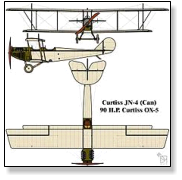
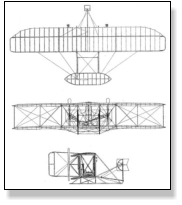

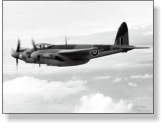
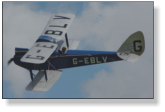
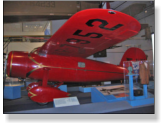
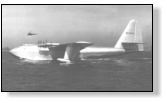
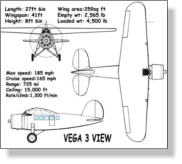
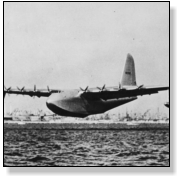

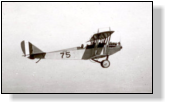

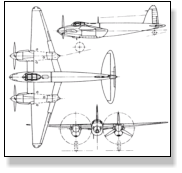







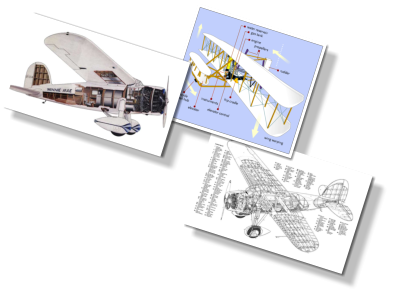
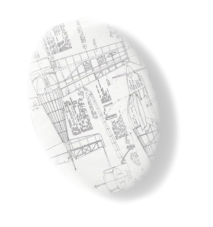




Wright Brothers
Orville Wright, who, along with his older brother Wilbur, is credited with inventing and building the world's first practical fixed-wing aircraft and making the first controlled, powered and sustained flight more than a hundred years ago.Curtiss Jenny
The Curtiss JN-4D is almost synonymous with American aviation in the 1920s. The Jenny, as it was affectionately called, appeared in 1917. Heretofore having only produced pusher aircraft, Glenn Curtiss hired an experienced European designer to lead the new project named B. Douglas Thomas, who had worked for Avro and Sopwith in England. The Jenny performed admirably as a trainer for the U.S. Air Service during World War I, but its more significant role in aviation history was as a barnstorming and mail-carrying airplane in the 1920s. Large numbers of relatively inexpensive war surplus Jennys were available in the United States after 1918. Its affordability, ease of operation, and versatility made the Jenny the signature airplane of the barnstorming era.Spruce Goose
Howard Hughes built the largest all wood plane in history as a part of the war effort. Made of spruce and Hickory, the plane was designed to transport hundreds of troops or several tanks into battle at one time. The popular consensus was the plan was too large and too heavy to ever get off the ground. The plane was not yet finished at the end of WWI. Despite the fact that it was no longer needed for the war effort, Hughes pushed forward with construction of the H-4, finally completing it in 1947. On Nov. 2, 1947, Hughes took the H-4 out onto the Pacific to test its taxiing performance. Perhaps stung by the popular opinion that the plane was a folly and would never take flight, he made a spontaneous decision. He laid on the throttle, and made the Spruce Goose fly. The plane lifted off and flew for about a mile at an altitude of 70 feet before Hughes brought it back down. The Goose never flew again, but Hughes had proved that it could. The Spruce Goose is still on display today at the Evergreen Aviation Museum in McMinnville, Oregon.Dehavilland Mosquito
The de Havilland Mosquito was a British light bomber that served in many roles during and after the Second World War. Mosquitos were widely used by the RAF Pathfinder Force, which marked targets for night-time strategic bombing. Despite an initially high loss rate due to low-level daylight attack operations, the Mosquito ended the war with the lowest losses of any of the aircraft types in RAF Bomber Command service. There were 7,781 de Havilland planes built, 30 survive today, three of which are airworthy.Dehavilland Moth
The DH.60 Moth was a two-seat biplane of wooden construction. This British plane was built in the 1920s as a touring and training craft. The Moth had a plywood covered fuselage and fabric covered surfaces, it also had a standard tailplane with a single tailplane and fin. A useful feature of the design was its folding wings which allowed owners to hangar the aircraft in much smaller spaces. This handy plane was used for deliveries and many flight schools in EnglandLockheed Vega
The Lockheed Vega is an American six-passenger high- wing monoplane airliner built by the Lockheed Corporation starting in 1927. It became famous for its use by a number of record-breaking pilots who were attracted to the rugged and very long-range design. Amelia Earhart became the first woman to fly the Atlantic












